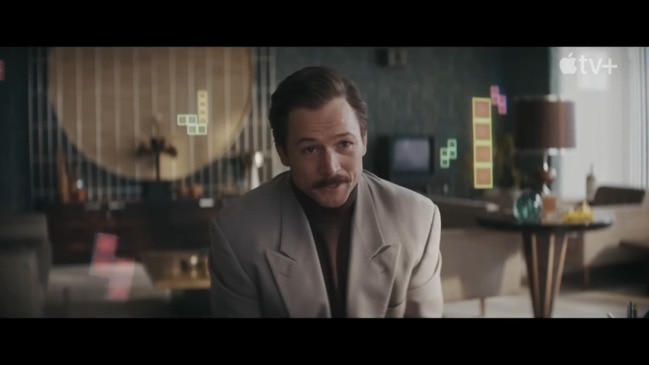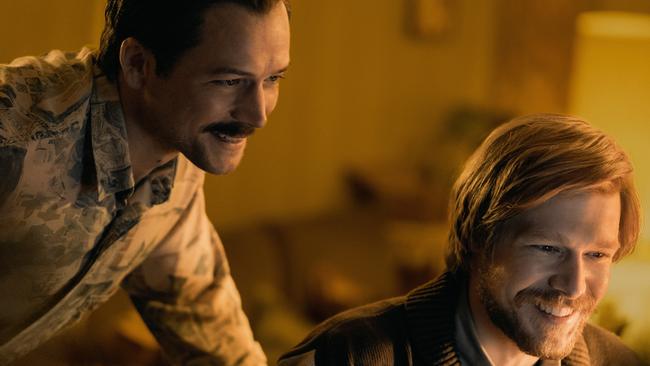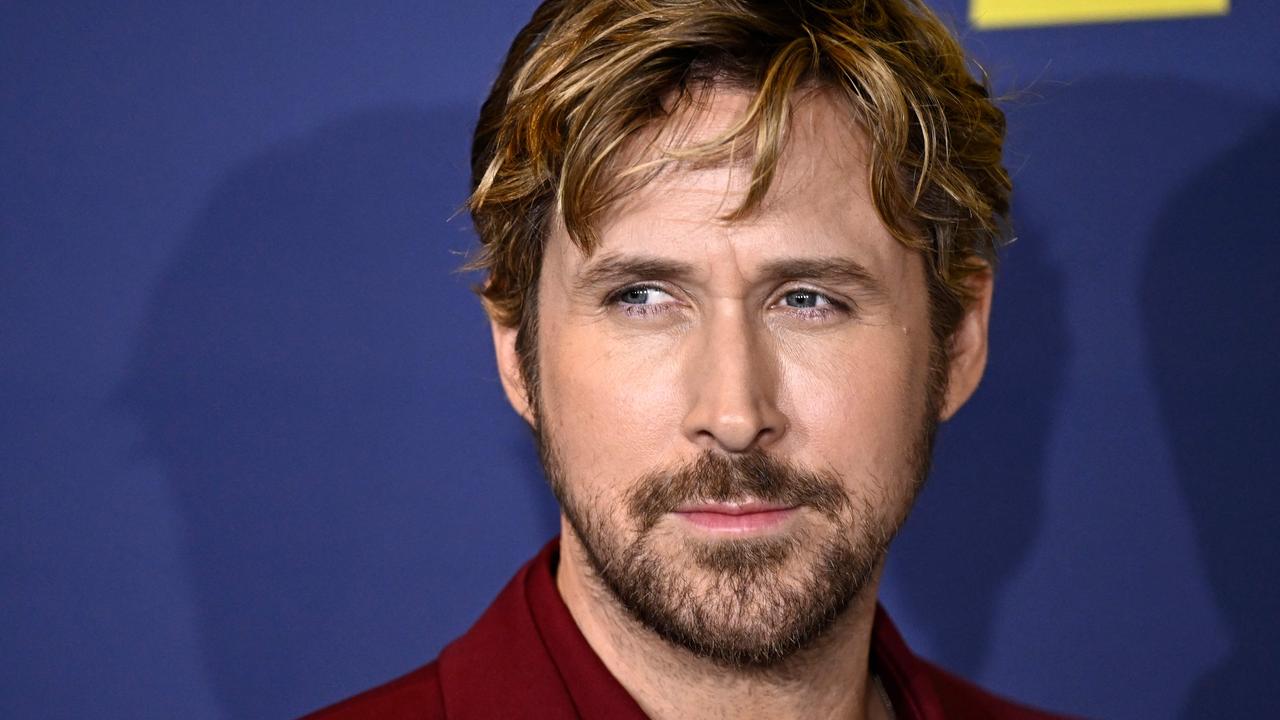Tetris movie: What really did and didn’t happen in Soviet caper
Every based-on-a-true-story movie is prone to Hollywood exaggeration. So what did and didn’t happen in Tetris?

New Movies
Don't miss out on the headlines from New Movies. Followed categories will be added to My News.
How much attention did you pay to the pixeled-image of Moscow’s St Basil’s Cathedral on the opening screen of Tetris?
Was it – and the strains of its earworm electronic theme song – enough for you to form the connection between the obsessively addictive game and the USSR?
Since its creation in 1984 by Alexey Pajitnov, Tetris has been responsible for countless wasted hours and endless cases of RSI. The simple game of stacking shapes made up of four blocks to create a line has sold more than 520 million units and another 615 million mobile downloads.
And it all came out of a computer lab in the Academy of Science of the USSR in the dying days of the Soviet empire.
The Tetris origin story is dramatised in the Apple TV+ movie Tetris, starring Taron Egerton as Henk Rogers, a Netherlands-born American game designer who gambled everything on his bold plan to wrest the rights out of the hands of Soviet apparatchiks.
The movie is a fun historical drama involving shady business deals, KGB honey traps and a repugnant, blustering Robert Maxwell, the controversial media tycoon who stole hundreds of millions of dollars (and fathered convicted sex offender Ghislaine Maxwell).
When you boil it down, Tetris is a movie about licensing rights, but given contract law is about as dull as a white T-shirt that’s been put through the wash with black pants, the story has had a slick Hollywood upgrade.
So, what really happened? And what was embellished?
The core of the story is intact. Rogers really did come across Tetris for the first time at the Consumer Electronics Show in Las Vegas and immediately saw its addictive potential.

He told The Guardian in 2014 he licensed every version he could from Spectrum Holobyte, which was owned by Maxwell’s Mirrorsoft. But in reality, Rogers put up more than his family home as equity for the loan – he also leveraged his in-laws’ abode. So, the personal financial stakes were even higher.
Back in the USSR, Pajitnov gave the rights to his game to the government for 10 years and it became one of the first pieces of software ever to be exploited by the Soviets.
Just like in the film, the confusion surrounding who actually had the right to distribute the game in the West was correct. Rogers said even though he had licensed the Japanese rights for Tetris, Mirrorsoft had double-sold some of it to Atari.
It was a mess so he legged it to Moscow on a tourist visa, determined to secure the rights for Nintendo’s revolutionary, still-in-development Game Boy.
Rogers said in 2014, “I didn’t know anyone in the capital, or where the ministry was. The Muscovites were completely unfriendly, nobody spoke English and they weren’t allowed to talk to me anyway.”
He eventually hired a translator from his hotel. He suspected she was KGB – something played up in the film – but it was never confirmed. The Elorg director, named in the film as Nikolai Belikov, told him that the government body hadn’t given the rights to anybody, which meant the console cartridges he already had manufactured in Japan were pirate.
He was grilled for two hours by a panel of people including KGB, and found out later Elorg was also negotiating with Maxwell’s son, Kevin. The Maxwells’ company had published Mikhail Gorbachev’s memoirs and was trying to lean on that connection but, unlike in the film, it appears there was never a meeting between the media moguls and Gorbachev.
Rogers was granted the rights after he presented a profit-sharing deal and he and Nintendo made history.
And Rogers and Pajitnov really did become friends. Pajitnov told The Guardian last month, “He was my first colleague I ever met because the profession of game designer didn’t exist in my country. Nobody designed games besides me. That’s the first time when I could discuss my next title, my ideas and whatever, so we became friends pretty quickly.”
And, perhaps not surprisingly, the exaggerated parts of Tetris were the more dramatic ones.
There was no car chase, and nobody had to flee the airport, barely escaping in a scene which evokes Ben Affleck’s movie, Argo. And Rogers wasn’t beaten by government agents, or had his Levis jeans stolen.
He said, “It’s an exaggeration but we did feel the pressure from the politburo. When Alexey wanted to talk to me about something confidential, he would always signal, and we would go out and take a walk in the park. The assumption there was that every room and every car was bugged.”
“I was feeling on edge all the time,” Pajitnov added. “Hollywood makes this very visible but that was in the air.”

Pajitnov had developed the game working for the government science body but a throwaway line in the movie hints at a side story that isn’t in the film.
When Rogers is selling the idea of Tetris to the bank manager, he said that Pajitnov “and a couple of buddies from work” made the game compatible for IBM. Those colleagues were Vladimir Pokhilko and Vadim Gerasimov.
There is some complexity surrounding just how much Pokhilko and Gerasimov contributed to Tetris, but it’s generally accepted that Pajitnov was responsible for the overall concept and design.
The interesting twist to this footnote is Pokhilko: His wife and son was found dead in their California home in 1998. The case was closed as a murder-suicide, but in 2022, Sandra Brown, a Palo Alto detective who was involved in the investigation, said the conclusion never felt right to her.
She cited several strange elements to the case including the complete lack of fingerprints at the scene and on the murder weapons, an FBI subpoena connected to Russian racketeering and the characterisation of a man at odds with what he was accused of.
While intriguing, the Pokhilko drama is an aside that could be its own movie and didn’t slot into the film directed by Jon S. Baird.
Tetris is streaming now on Apple TV+
Originally published as Tetris movie: What really did and didn’t happen in Soviet caper





